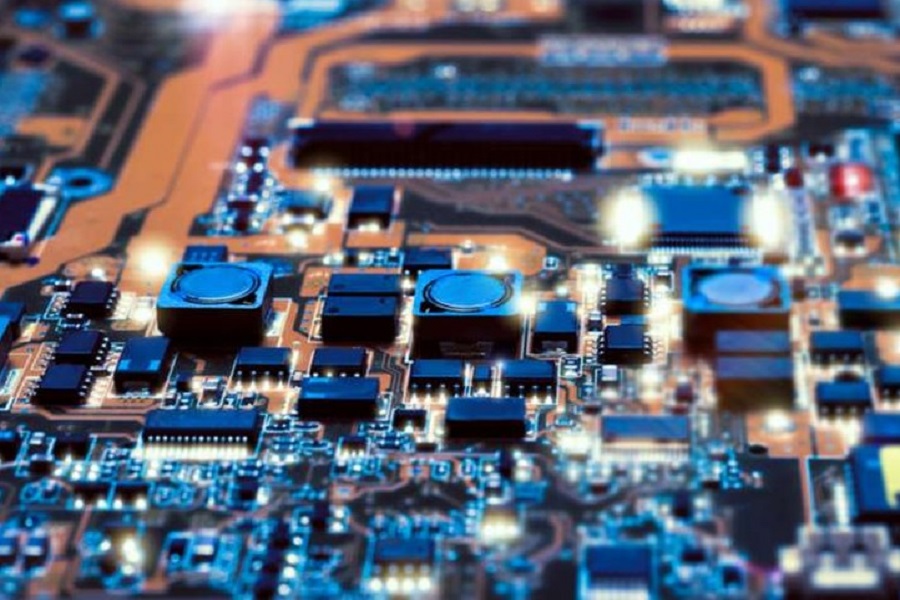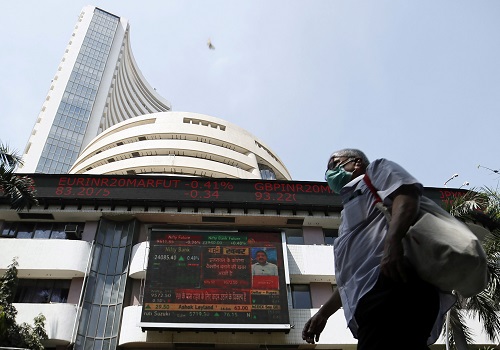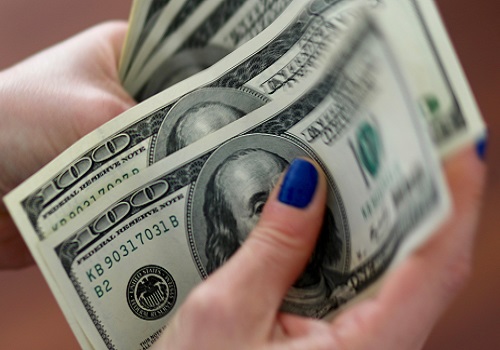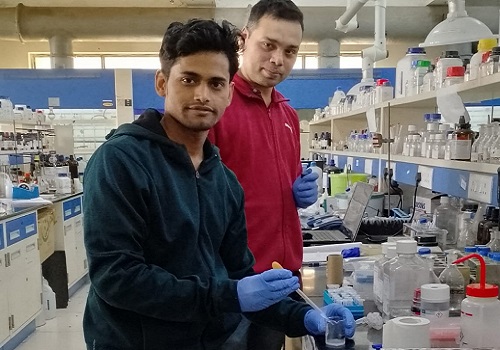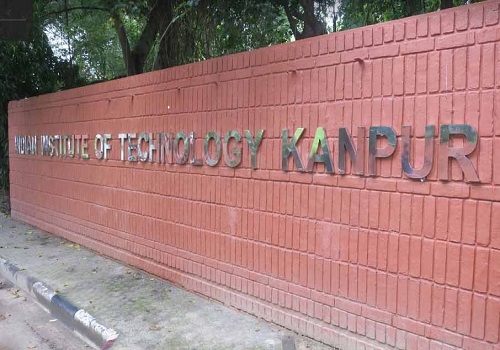Selective regulation of Proprietary Algorithmic Traders' strategies needed: IITM study

Follow us Now on Telegram ! Get daily 10 - 12 important updates on Business, Finance and Investment. Join our Telegram Channel
In a first of its kind study, researchers at the Indian Institute of Technology, Madras (IITM), are studying the impact of algorithmic traders (ATs) on the stock market.
They also said a selective regulation of Proprietary Algorithmic Traders' (PAT) strategies is necessary.
The research focused on processes that happen when computer programmes predict market order flow and take over the trading process, said IITM.
The researchers in their ongoing study will investigate the impact of (PAT) and Buy-side Algorithmic Traders' (BATs) trading on market quality and vice versa.
According to IITM, the study has significant welfare implications for the securities market as in algorithmic trading, computer programmes trade faster than human traders.
The IITM said research on AT has just started to emerge. Some of the literature that favours ATs suggests that they offer better prices through lower-order placement costs and update quotes faster.
However, other studies suggest that ATs create a 'barrier to entry' situation for human traders, which deteriorates the market quality significantly.
This research was led by professor P. Krishna Prasanna from the Department of Management Studies, IITM, and Devika Arumugam, Fulbright fellow and a PhD scholar at the Department of Management Studies, IITM.
It examined the impact of ATs on the National Stock Exchange (NSE). The findings were published in the reputed peer-reviewed journal Applied Economics, Taylor and Francis.
Elaborating on the importance of the research, Prasanna said, "Existing studies consider ATs as a homogenous group, which is far from reality. ATs use different algorithms based on their source of funds. So, they are classified into two categories - Proprietary Algorithmic Traders (PATs) and Buy-side Algorithmic Traders (BATs)."
According to Prasanna, the crucial difference between the two is that PATs trade with their own funds, and their algorithms are arbitrage seeking, while BATs trade with their clients' funds and their algorithms are predominantly cost reduction seeking.
The key learnings and outcomes from this ongoing research include:
* PATs and BATs trade differently and have a differential impact on the market quality
* PATs' cancellation increases the quoted spread, while BATs' order placement reduces the same
* BATs crowd out PATs' orders, but not vice versa
Researcher Arumugam said, "These new findings have substantial financial and regulatory implications. Traders and regulators stand to gain from the market quality enhancing capabilities of BATs."
Also, as PATs and BATs trade differently, they have a differential impact on the market quality.
PATs' cancellation significantly increases the quoted spread, while BATs' order placement reduces the same.
The researchers also examined whether PATs and BATs exhibit a "hide-and-seek" behaviour and find that BATs crowd out PATs' orders but not vice versa.
However, selective regulation of PATs' strategies is necessary, IITM said.
As BATs crowd out PATs, it suggests that the rivalry among ATs can counteract any market imbalances created by price distorting and aggressive algorithmic strategies, thereby enhancing the price efficiency.
These results are primarily based on ATs' order placement and cancellation activity in the market.

